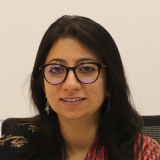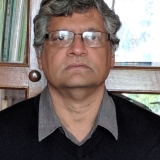The gender wage gap is notable not just for its persistence and ubiquity but also for its variation across regions and countries. A natural question is how greater workforce participation by women matters to female wages and the gender wage gap. Within India, a seeming paradox is that gender differentials in agricultural wages are the largest in southern regions of India that are otherwise favorable to women. Ester Boserup hypothesized that this is due to greater labor force participation by women in these regions. This is not obvious, as greater female labor supply could depress male wages as well. Other factors also need to be accounted for, especially since women have fewer opportunities for nonfarm employment. This article undertakes a formal test of the Boserup proposition. We find that differences in female labor supply are able to explain 55% of the gender wage gap between northern and southern states of India. The article also finds that women gain from greater nonfarm employment, even if their direct participation in such activity is limited. This happens because of higher wages.
Caste, Female Labor Supply, and the Gender Wage Gap in India: Boserup Revisited
EfD Authors
Country
Sustainable Development Goals
Publication reference
Caste, Female Labor Supply, and the Gender Wage Gap in India: Boserup Revisited Kanika Mahajan and Bharat Ramaswami, Economic Development and Cultural Change 2017 65:2, 339-378

